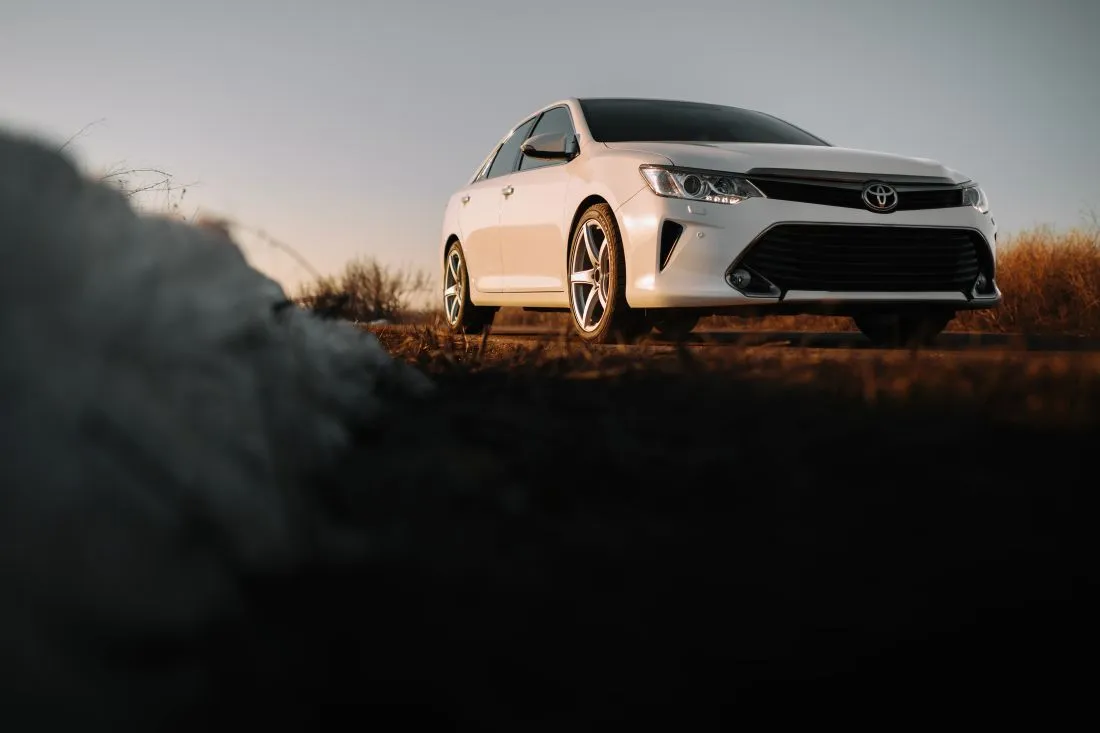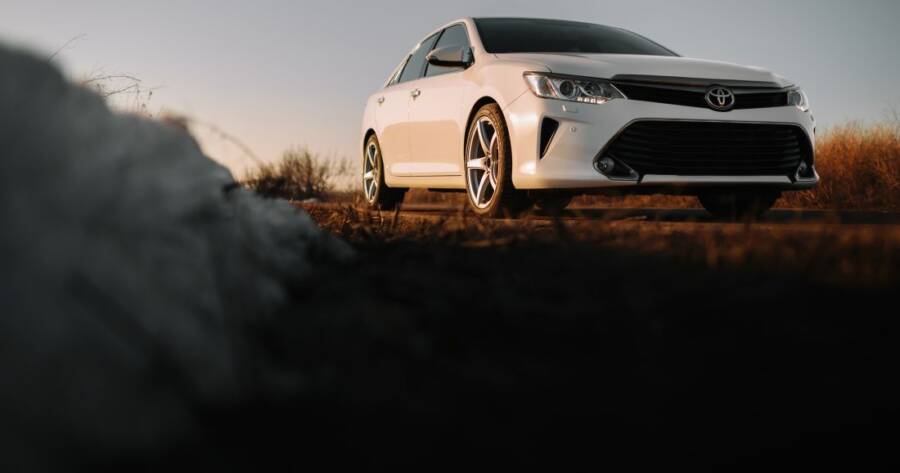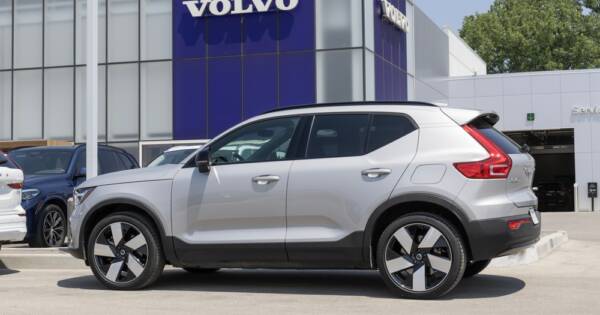Among the many mid-size sedans on the market, two of the most popular are the 2017 Toyota Camry and Honda Accord. Scroll below to read about the differences between them.
These perennial best-sellers corner the market when it comes to value, safety, and reliability. These factors allow them appeal to a wide swath of consumers, from new drivers, to families, to retirees.
After reading about the differences, you can figure out if the Toyota Camry or Honda Accord is the better vehicle for you.
Performance Specs
Both the Toyota Camry and the Honda Accord each offer two engine options. The 2017 Camry is equipped with a standard 2.5-liter four-cylinder engine that produces 178 horsepower. You can also opt for a 3.5-liter V6 engine that produces 268 horsepower. Both are paired with a six-speed automatic transmission. The former engine earns an EPA-estimated 24/33 mpg city/highway, while the V6 gets 21/30 mpg.
The Accord is slightly more powerful than the Camry, with a 185-horsepower 2.4-liter four-cylinder engine paired with a standard six-speed manual transmission, or the optional automatic transmission (CVT). A 3.5-liter V6 that produces 278 horsepower is available, paired with a six-speed automatic transmission. If you choose the sporty two-door coupe you can opt for a six-speed manual transmission.
While the Camry offers the V6 as an upgrade on most trims, the Accord relegates it to the top two models and doesn’t offer it as an option for the lower trims. Those who opt for the four-cylinder with CVT will get 27/36 miles per gallon city/highway, which drops to 21/33 for the V6.
Trim Packages
The Toyota Camry is available in four trim levels, as well as a separate hybrid version. The base model, the LE, includes an array of entertainment and convenience features such as an eight-way power adjustable driver’s seat, rearview camera, 6.1-inch touch screen infotainment system with voice recognition, USB and Bluetooth connectivity, and iPhone integration via Siri Eyes Free. Toyota’s Safety Sense suite of driver assistance technology is also standard on all trims. The sportier SE includes these features but adds sport-tuned suspension, leather-trimmed tilt/telescopic steering wheel with paddle shifters, and 17-inch graphite alloy wheels.
With the XSE, you get the sporty features of the SE plus larger wheels, wireless smartphone charging, dual-zone automatic climate control, and leather seats with faux-suede inserts if you opt for the four-cylinder engine. Upgrading to the V6, an option that starts with this model, adds the more powerful engine as well as LED headlights, a moonroof, an auto-dimming rearview mirror, and an acoustic windshield. The XLE is the same as the XSE with a slightly more refined interior featuring all-leather seats and attractive wood-grain trim.
The Honda Accord comes in six trim levels, each available as either a coupe or sedan. The base LX model is equipped with dual-zone automatic climate control, an eight-inch display, Bluetooth, a USB port, and a rearview camera. Upgrading to the Sport adds a 10-way power-adjustable driver’s seat, 60/40 split-folding rear seats, and larger wheels. The new-for-2017 Sport SE enhances the Sport with heated front seats and soft leather upholstery. The EX adds moonroof, push-button start, both HD and satellite radio, and a 7-inch touch-screen (in addition to the existing 8-inch display). This version also includes both Apple CarPlay and Android Auto, as well as Honda’s LaneWatch blind spot camera.
The EX-L adds luxury in the form of leather upholstery, heated front seats, and a premium audio system. It can also be upgraded to the V6 engine, which is standard in the fully loaded Touring model. This top-of-the-line Accord adds navigation, front and rear parking sensors, and smart windshield wipers.
Safety Ratings and Features
The 2017 Accord and Camry are neck and neck at the top of the heap when it comes to safety. Both received designation as a Top Safety Pick+ of the Insurance Institute on Highway Safety and a five-star overall crash test rating from the National Highway and Traffic Safety Administration. However, the Accord scores slightly better than the Camry in rollover tests.
When it comes to standard safety features, though, the Camry prevails by making the Safety Sense suite standard on all trims; this package includes adaptive cruise control, lane departure alert, and blind spot monitoring with rear cross traffic alert. On the Accord, features like lane keep assist, front and rear parking sensors, forward collision warning, automatic emergency braking, and adaptive cruise control are optional add-ons.
Pros/Cons
If you’re in the market for a mid-size sedan that provides exceptional value, either the Accord or Camry is an excellent choice. Points for the 2017 Camry include its spacious back seat, smooth and confident ride, and exceptional reliability. According to the J.D. Power and Associates Vehicle Dependability Study, the Camry is among the best in its class when it comes to cars that will last.
In contrast, the Accord received a slightly lower but still impressive above average reliability rating. While there are few reasons to cross the Camry off your list, some drivers may be turned off by the higher price tag than comparable cars in this segment. In addition, the truly tech-savvy may find the Camry’s infotainment system outdated compared to competitors, especially since it lacks both Apple CarPlay and Android Auto functionality.
The Accord is one of the most popular choices in this class as well, distinguished by exceptional handling, a spacious interior, and outstanding fuel economy, making it the ideal choice for people who want to save at the pump. It’s also more versatile than the Camry, offering more trim levels as well as both the sedan and coupe body style. However, some drivers may find cargo space lacking in the Accord, particularly when it comes to the smaller-than-average, awkwardly shaped trunk.
Despite these minor flaws, either the 2017 Accord or 2017 Camry is an excellent choice for those who want a well-rounded, fuss-free vehicle with substantial creature comforts. Choosing between these two stars of the mid-size class is largely a matter of personal preference.
 Ivan Kurmyshov / Shutterstock.com
Ivan Kurmyshov / Shutterstock.com


